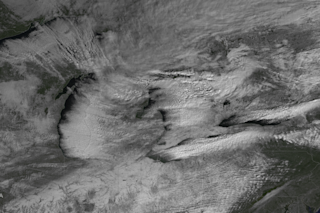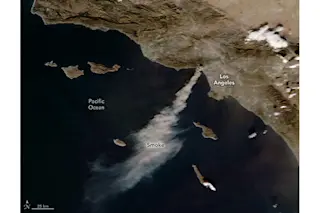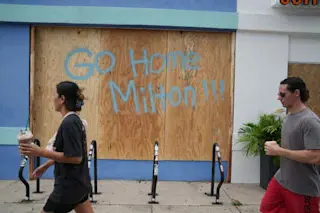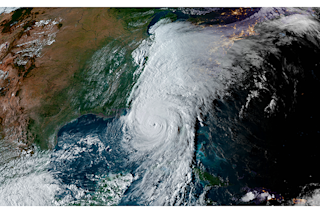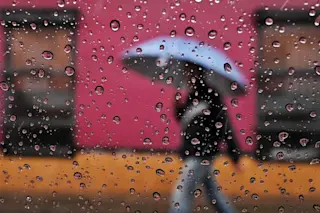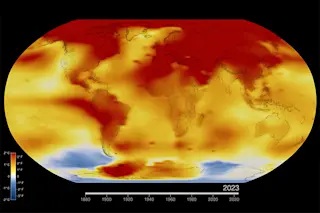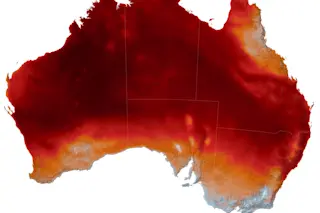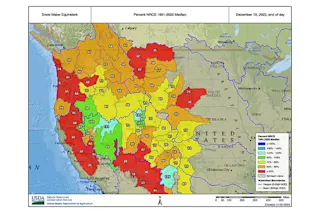A GOES weather satellite captured this image of Lake effect snow streaming across and downwind of the Great Lakes on Nov. 18, 2014. In the upper left corner is Lake Superior. Below it is Lake Michigan. To the east is Lake Huron and below it Lake Erie — source of the snow pummeling the Buffalo area. And then north and east of Lake Erie is Lake Ontario. (Source: NOAA Environmental Visualization Laboratory) For Buffalonians and others in the Great Lakes region, the snow just keeps on coming. And coming, and coming, and... Yesterday, some suburban areas of Buffalo got 60 inches or more, prompting the National Weather Service to Tweet that the area may have set a record for "highest 24hr snow in a populated area." Time will tell whether that's ultimately confirmed. Regardless, another round is on the way, with an additional two to three feet forecast for Wednesday ...
Stunning New Satellite Image of Brutal Lake Effect Snow
Discover how lake effect snow impacts the Buffalo area, with extreme snowfall predicted for the Great Lakes region.
More on Discover
Stay Curious
SubscribeTo The Magazine
Save up to 40% off the cover price when you subscribe to Discover magazine.
Subscribe

